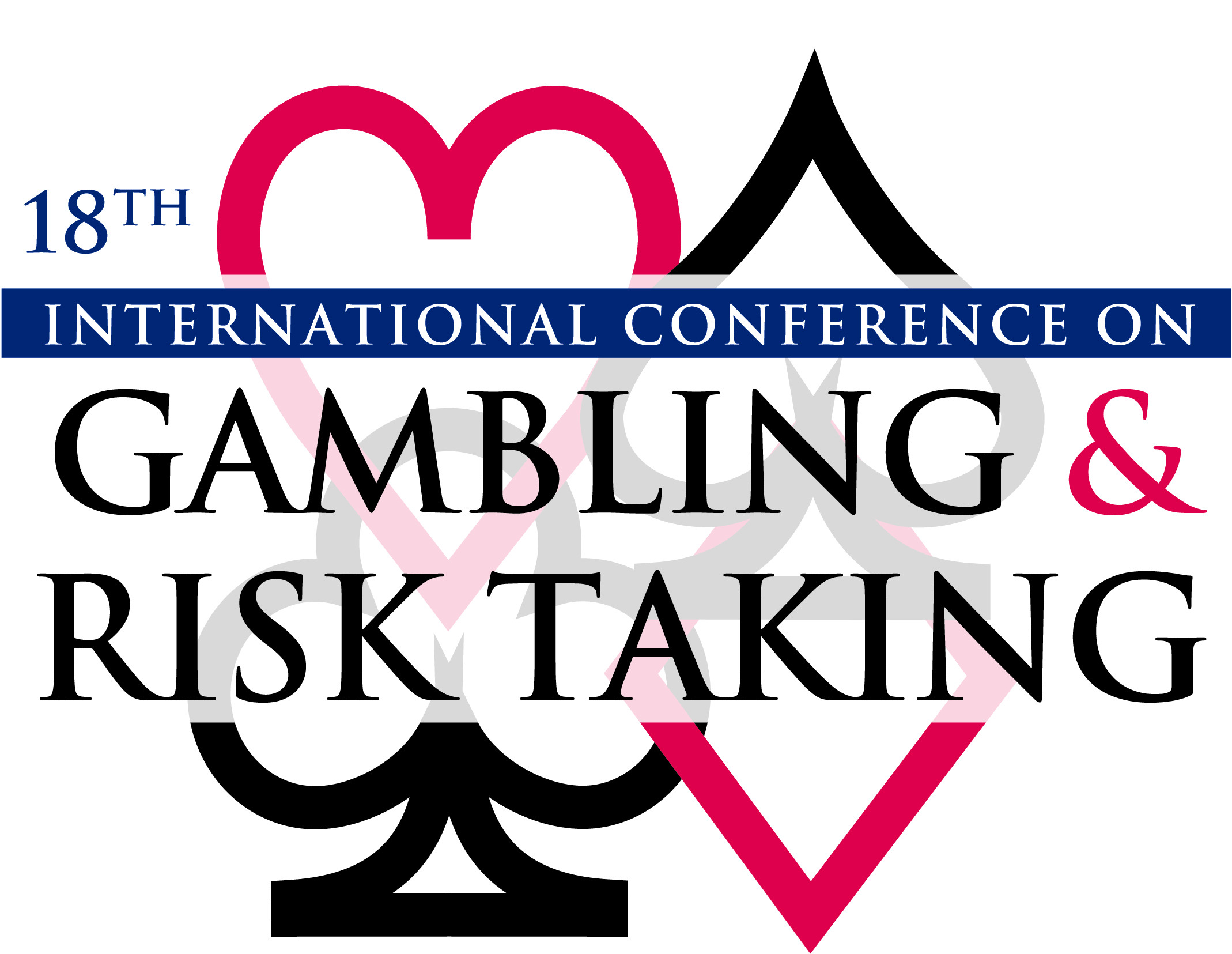Online Poker Post-Boom: Sitting at the Virtual Poker Table Ten Years Later
Session Title
Session 3-1-B: Behavioral Analysis
Presentation Type
Paper Presentation
Location
Park MGM, Las Vegas, NV
Start Date
25-5-2023 9:00 AM
End Date
25-5-2023 10:30 AM
Disciplines
Behavioral Economics
Abstract
Technological advancements and worldwide television exposure led to a poker boom in the early 2000s, and LaPlante et al. (2009) published one of the first studies of actual records of online poker play during that early period in online poker. The summary statistics they used to examine gambling activity among a large cohort of poker players informed researchers about how often people played, what stakes they played at, and how much people won and lost. This presentation discusses similar analyses of a more recent dataset (2015 – 2017) with almost 2,500 poker players on a major internet gambling operator. Despite the many shifts in the poker and gambling landscapes, the playing habits of new players on a poker server in 2015 appear to be very similar to the playing habits of a similar cohort back in 2005. This presentation will also cover observations on gambling and poker-specific engagement metrics, deposit and withdrawal activity, the most active players in our cohort, and poker more broadly. To close, we will explore the implications of our findings for individual gamblers, researchers, and operators, and preview future work we have planned for this dataset.
Keywords
Gambling, Internet gambling, Internet poker, Internet, Poker, Epidemiology
Funding Sources
Entain PLC (formally GVC Holdings PLC), a sports betting and gambling company, provided primary funding for this study. The Division on Addiction receives additional funding from a variety of federal, state, local, and private sources, as described on https://www.divisiononaddiction.org/funding-statement/.
Competing Interests
All Division on Addiction funders are listed on https://www.divisiononaddiction.org/funding-statement/. The author declares no conflicts of interest.
Online Poker Post-Boom: Sitting at the Virtual Poker Table Ten Years Later
Park MGM, Las Vegas, NV
Technological advancements and worldwide television exposure led to a poker boom in the early 2000s, and LaPlante et al. (2009) published one of the first studies of actual records of online poker play during that early period in online poker. The summary statistics they used to examine gambling activity among a large cohort of poker players informed researchers about how often people played, what stakes they played at, and how much people won and lost. This presentation discusses similar analyses of a more recent dataset (2015 – 2017) with almost 2,500 poker players on a major internet gambling operator. Despite the many shifts in the poker and gambling landscapes, the playing habits of new players on a poker server in 2015 appear to be very similar to the playing habits of a similar cohort back in 2005. This presentation will also cover observations on gambling and poker-specific engagement metrics, deposit and withdrawal activity, the most active players in our cohort, and poker more broadly. To close, we will explore the implications of our findings for individual gamblers, researchers, and operators, and preview future work we have planned for this dataset.

